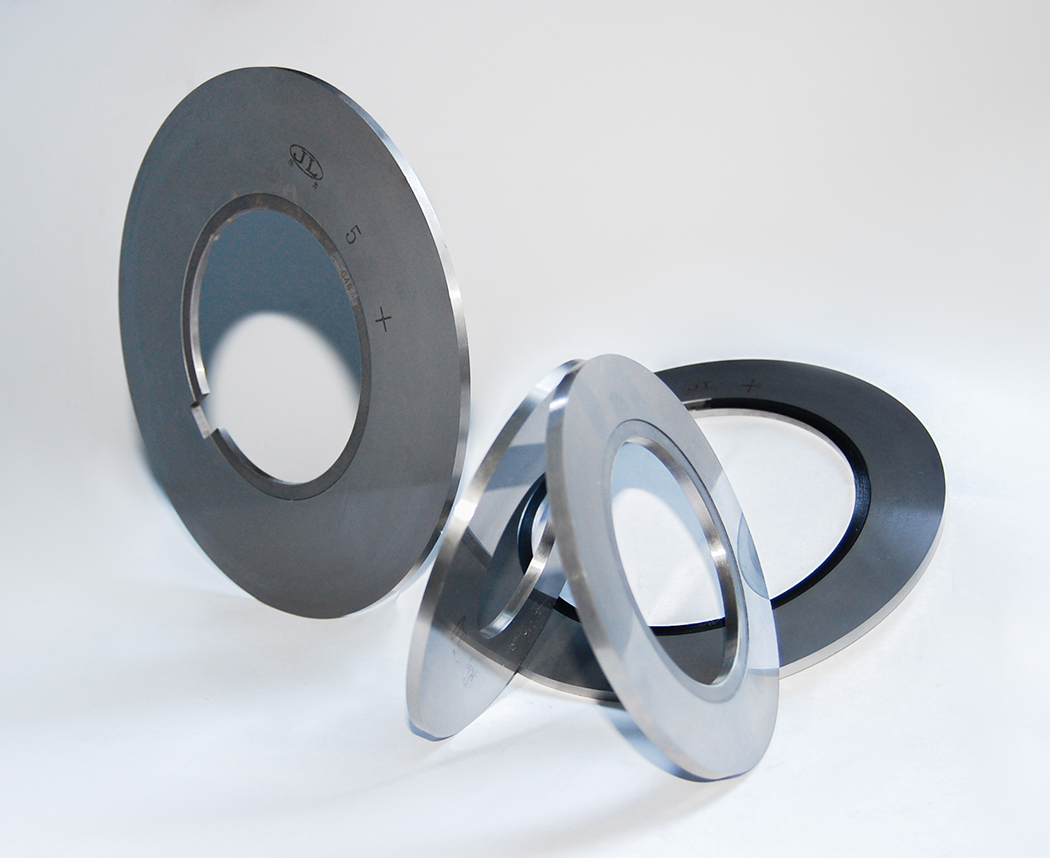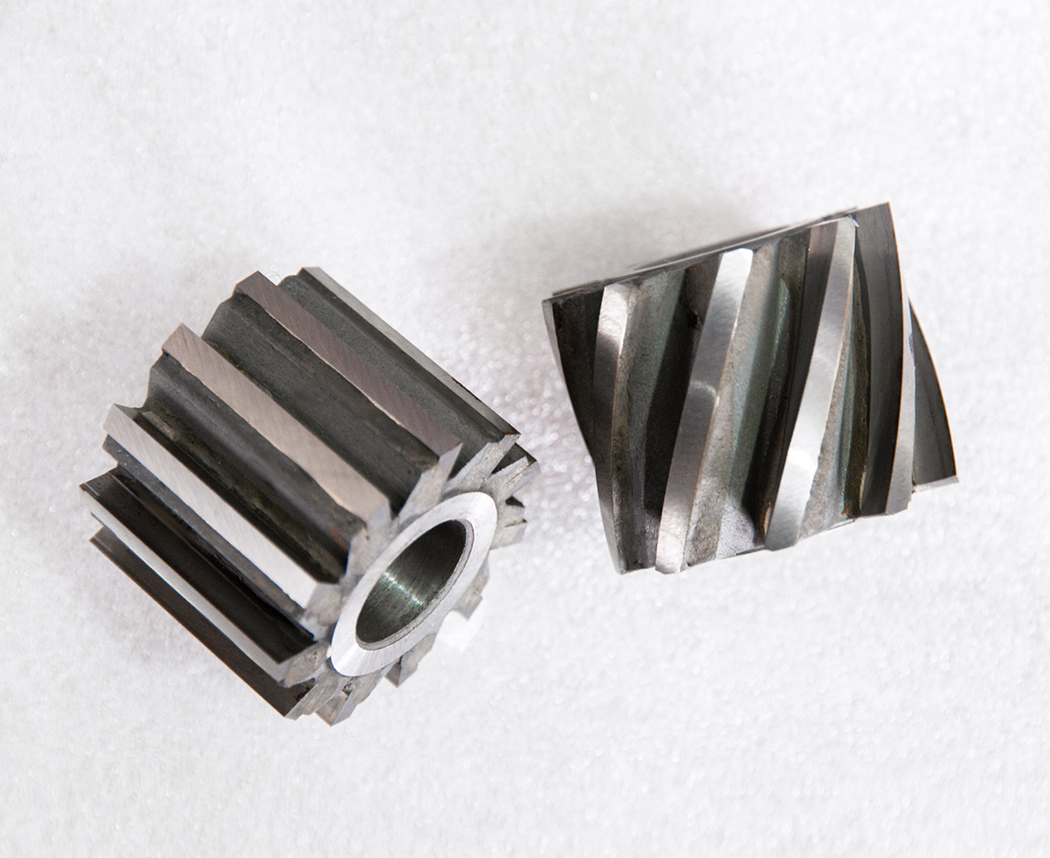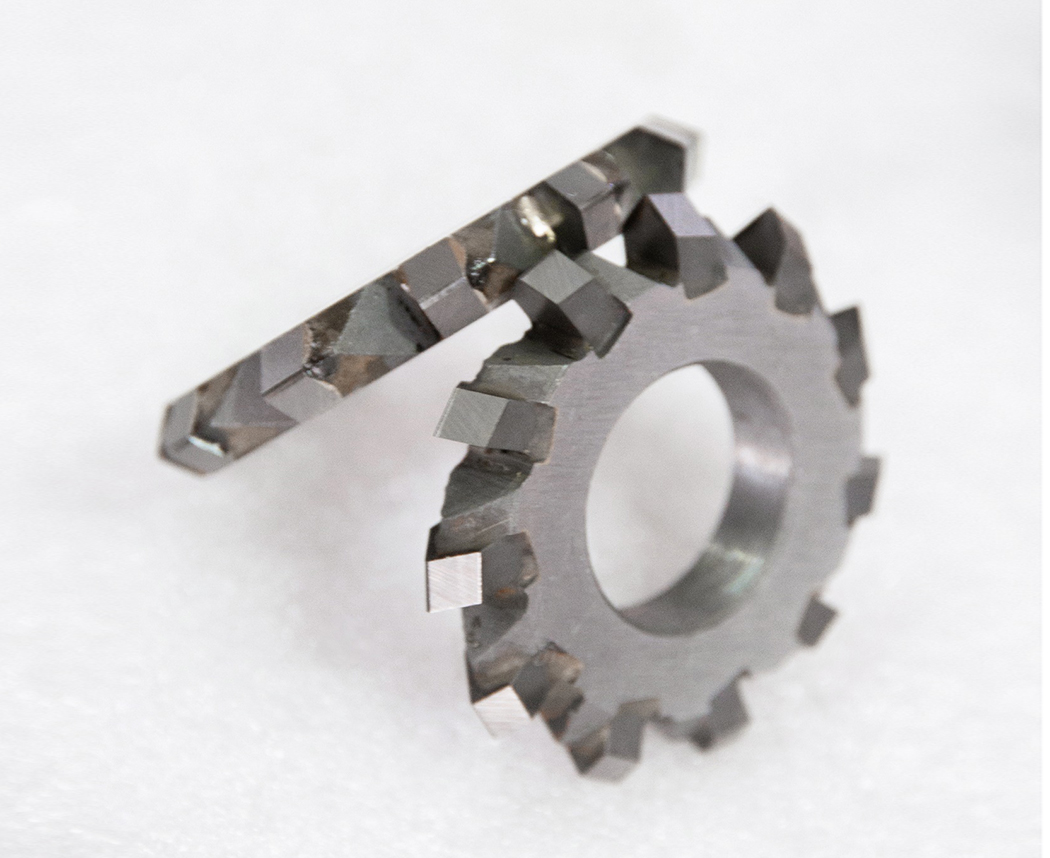News Center
Recommending Products
Contact: Mr. Jin
Tel: 13901575780
0512-52428686
Contact: Mr. Zha
Tel: 13913639797
0512-52422071
Address: No. 59, Huyi Road, Liantang, Shanghu Town, Changshu City, Jiangsu Province.
What is the wear resistance of high-speed steel sharp edged knives
The wear resistance of high-speed steel sharp angle cutters is at a medium to high level, better than ordinary carbon tool steel and alloy tool steel, but significantly lower than that of hard alloy cutting tools, especially suitable for medium and low-speed cutting and scenarios that require edge toughness.Sources:www.tabletalktaboos.com | PublishDate:2025.10.21
1. Core influencing factors of wear resistance
The wear resistance of high-speed steel sharp edged knives is determined by their material properties and blade shape:
Material composition: High speed steel contains alloy elements such as tungsten, molybdenum, chromium, vanadium, etc. After heat treatment, it forms high hardness carbides (such as vanadium carbide), which can resist wear during cutting and are the main source of its wear resistance.
Sharp edge: The "sharp angle" design means that the cutting edge has a small cross-sectional area and concentrated stress. Although it has high sharpness, the cutting edge is more prone to wear due to friction and impact during high-speed or high load cutting. Especially when the hardness of the machining material is high (such as quenched steel), the wear resistance will significantly decrease.
2. Wear resistance performance in different scenarios
Its wear resistance needs to be judged based on specific usage scenarios, and its advantages and limitations are very clear:
Advantage scenario: When cutting at medium and low speeds (usually below 30m/min) or processing soft or medium hardness materials (such as un quenched steel, cast iron, non-ferrous metals), the wear resistance is sufficient to meet the requirements, and the edge toughness can be taken into account, making it less prone to cracking.
Limited scenarios: In high-speed cutting, processing of high hardness materials (such as quenched steel, stainless steel), or intermittent cutting (such as processing workpieces with notches), the wear resistance is insufficient, and the cutting edge is prone to rapid wear or breakage, requiring frequent sharpening or tool replacement, which affects processing efficiency.





